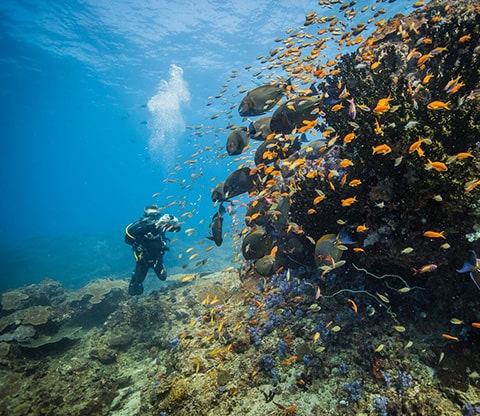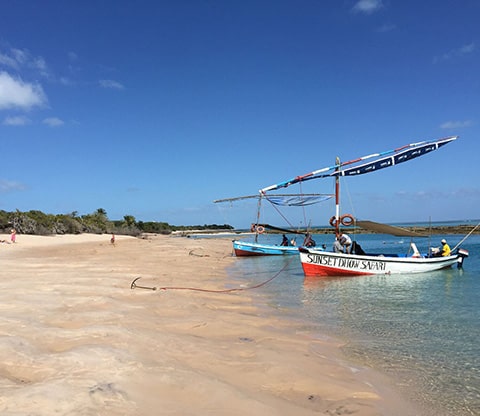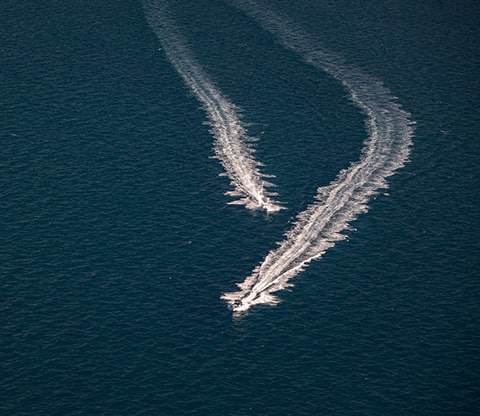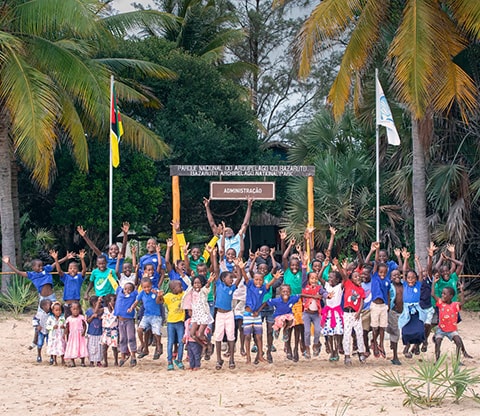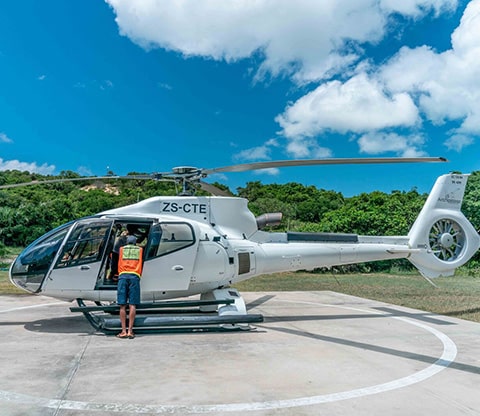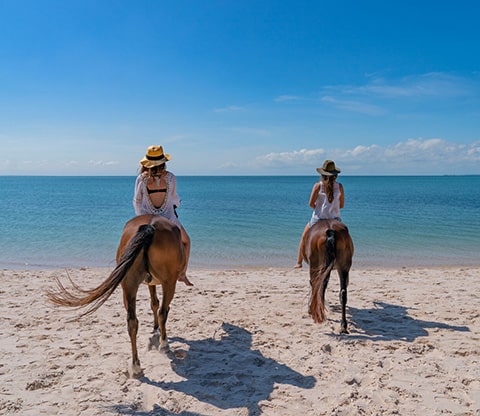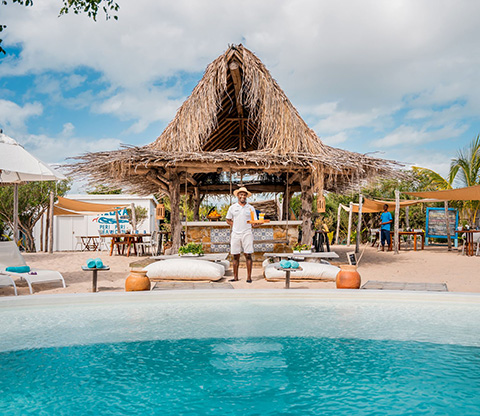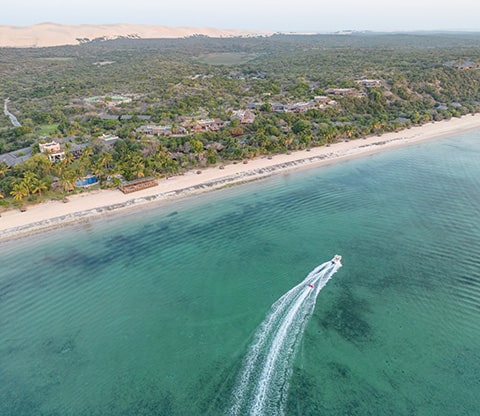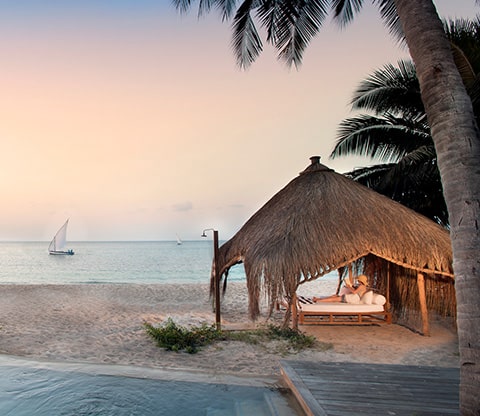
Bazaruto Archipelago National Park
A stunning seascape, diverse marine life and an extraordinary conservation area combine to present an exclusive tourism destination.
photo credit Andrew MacDonald
Experience Bazaruto Archipelago National Park
Set in tranquil, turquoise seas and fringed by powder-white beaches, the Bazaruto Archipelago’s five tropical islands, two of which are uninhabited, make up Mozambique’s oldest marine protected area. Notably, this national park harbours the last known viable population of dugongs within the Western Indian Ocean. Other iconic marine megafauna that inhabit Bazaruto’s waters include whale sharks, whales, manta rays, dolphins, sharks, marlin, sailfish, and nesting sea turtles. A diver’s paradise, Bazaruto’s coral reefs offer some of the most diverse and pristine corals in East Africa, and are accessible at low tide for snorkellers to enjoy.
Where to Stay
Visiting Bazaruto Archipelago National Park is one of the best ways to support communities, wildlife conservation and the long-term success of Africa’s wild areas. Choose from the different accommodation options available below and enjoy a spectacular wildlife experience.
About Bazaruto National Park
Spanning 1,430 km², Bazaruto Archipelago is one of the most important marine sanctuaries along the East African coastline, with a range of terrestrial and marine habitats including coastal dunes, rocky and sandy shores, coral reefs, mangrove forests and seagrass meadows. These habitats provide refuge for over 180 species of bird, 45 species of reptile, 16 terrestrial mammal species, a few hundred marine and coastal mollusc species, hundreds of fish species, and over 60 types of sharks and rays. Bazaruto is the only known place in the western Indian Ocean where all five regionally resident turtle species – leatherback, loggerhead, green, olive ridley and hawksbill – not only occur but also nest.
The Bazaruto Archipelago comprises five islands ranging from the largest, Bazaruto, to the smallest, Bangue, which is merely a smear of sand in the ocean. All are known for their sandy-white beaches and the prolific sea life that lives in the clear blue ocean around the islands. All this makes for an important conservation area and a coveted and exceptional tourism destination.


